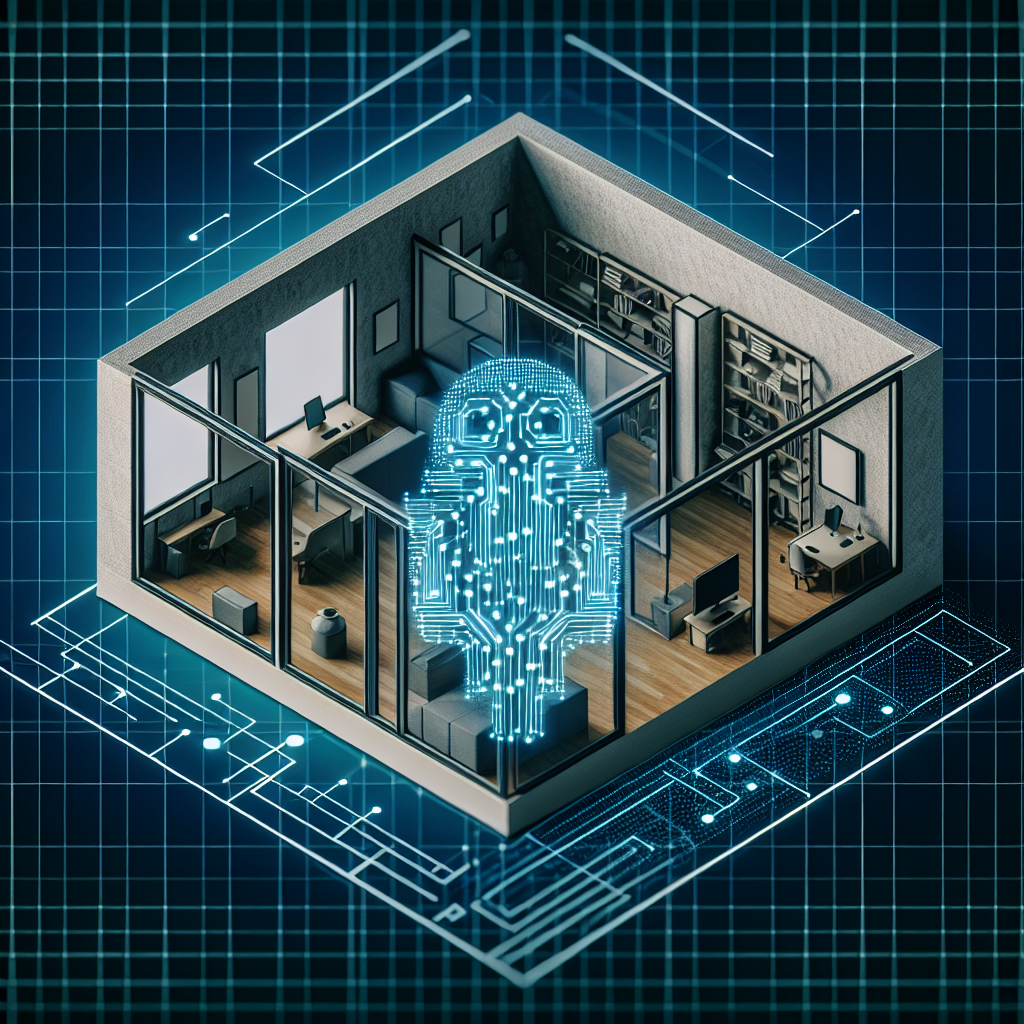In recent years, artificial intelligence (AI) has made significant advancements in a variety of industries, including design. AI-generated design solutions have become increasingly popular for creating multifunctional spaces that are both aesthetically pleasing and functional. These AI tools can help designers and architects optimize space utilization, improve workflow efficiency, and enhance user experience in a variety of settings, from homes and offices to public spaces and retail environments.
AI-generated design solutions leverage machine learning algorithms to analyze data, identify patterns, and generate design recommendations based on specific requirements and constraints. By taking into account factors such as space constraints, user preferences, and environmental considerations, these tools can help designers create innovative and efficient layouts that meet the needs of diverse users.
One of the key advantages of AI-generated design solutions is their ability to quickly generate multiple design options and variations, allowing designers to explore different possibilities and make informed decisions. This can save time and resources, as well as help create more customized and personalized designs that cater to the unique needs of each project.
Moreover, AI-generated design solutions can also help optimize the use of space by identifying areas that are underutilized or inefficiently laid out. By analyzing data on user behavior, traffic flow, and spatial requirements, these tools can suggest alternative layouts that maximize space utilization and improve functionality.
For example, in a retail environment, AI-generated design solutions can help retailers optimize store layouts to enhance customer experience and increase sales. By analyzing data on customer behavior, product placement, and store traffic patterns, these tools can recommend strategic changes to the store layout that drive engagement and encourage purchases.
In an office setting, AI-generated design solutions can help optimize workspace layouts to improve collaboration, communication, and productivity. By analyzing data on employee preferences, work patterns, and communication flow, these tools can suggest layout changes that enhance teamwork, creativity, and efficiency.
AI-generated design solutions can also help create more sustainable and environmentally friendly spaces by optimizing energy usage, reducing waste, and promoting the use of eco-friendly materials. By analyzing data on energy consumption, material usage, and environmental impact, these tools can recommend design strategies that minimize carbon footprint and promote sustainability.
Overall, AI-generated design solutions offer a powerful tool for designers and architects to create multifunctional spaces that are innovative, efficient, and user-friendly. By leveraging the capabilities of AI, designers can explore new design possibilities, optimize space utilization, and enhance user experience in a variety of settings.
FAQs:
Q: How do AI-generated design solutions work?
A: AI-generated design solutions use machine learning algorithms to analyze data, identify patterns, and generate design recommendations based on specific requirements and constraints. By taking into account factors such as space constraints, user preferences, and environmental considerations, these tools can help designers create innovative and efficient layouts that meet the needs of diverse users.
Q: What are the key advantages of AI-generated design solutions?
A: Some of the key advantages of AI-generated design solutions include the ability to quickly generate multiple design options and variations, optimize space utilization, improve workflow efficiency, and enhance user experience. These tools can also help create more sustainable and environmentally friendly spaces by promoting the use of eco-friendly materials and minimizing carbon footprint.
Q: How can AI-generated design solutions be used in different settings?
A: AI-generated design solutions can be used in a variety of settings, including homes, offices, retail environments, public spaces, and more. These tools can help optimize store layouts, workspace designs, public space layouts, and residential layouts to improve functionality, efficiency, and user experience.
Q: What are some examples of AI-generated design solutions in action?
A: In a retail environment, AI-generated design solutions can help retailers optimize store layouts to enhance customer experience and increase sales. In an office setting, these tools can help optimize workspace layouts to improve collaboration, communication, and productivity. Overall, AI-generated design solutions offer a powerful tool for designers and architects to create multifunctional spaces that are innovative, efficient, and user-friendly.

